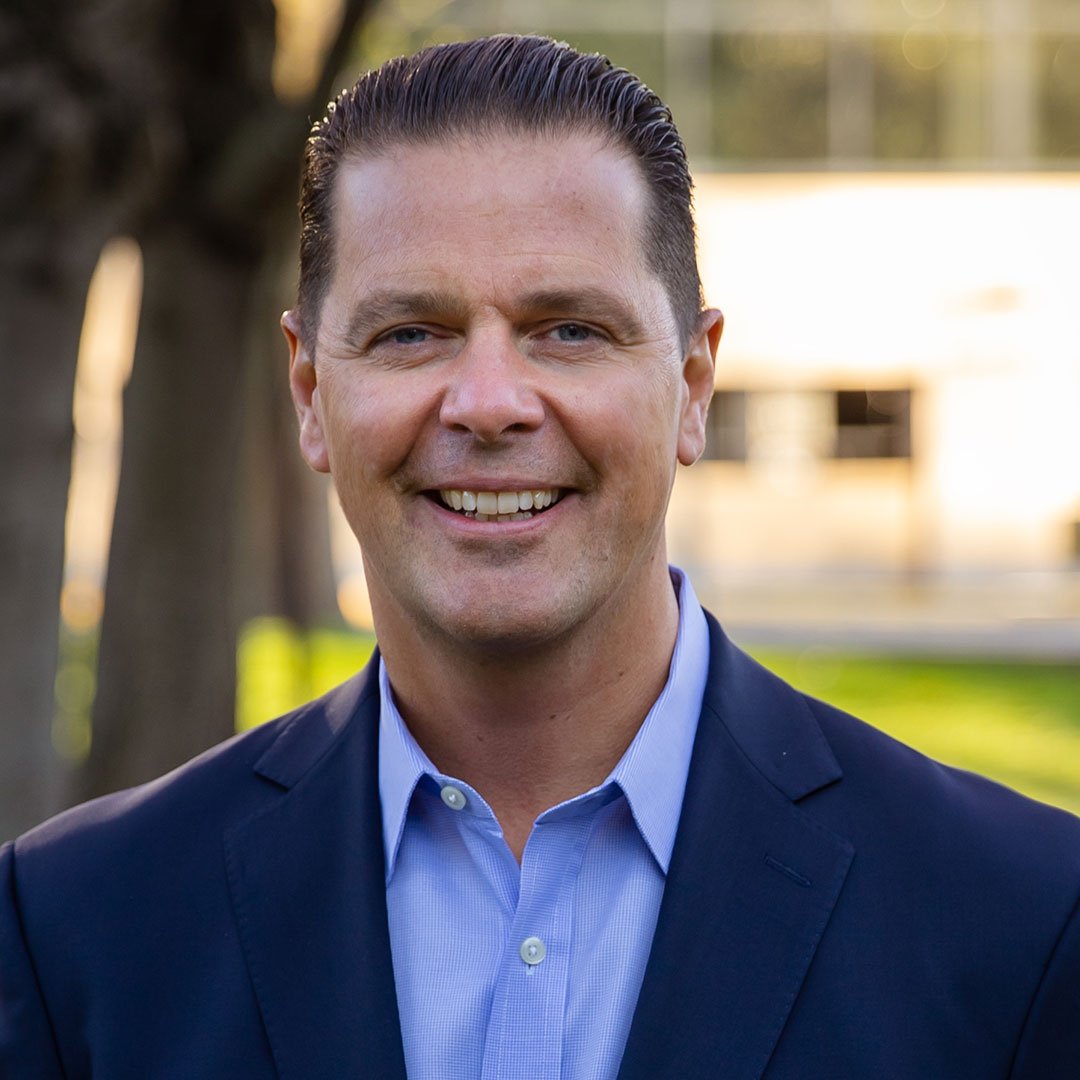Enterprise IT teams made rapid changes to the way they supported end users during 2020. Many had to fast-track digitalization programs that allowed customers and employees to interact with companies remotely. We assumed working apart would be temporary, but as time wore on, tools such as Microsoft Teams and Zoom became commonplace. Now, as many return to a new normal, some lockdown practices are here to stay.
More companies are seeing the value of remote and hybrid working – allowing them to draw from a larger talent pool around the globe and to reduce real estate expense. They’ve realized they can reach more customers remotely and with a global workforce they can enhance customer support. Gartner calls this business model ‘anywhere operations’ and once again, it’s down to IT to deliver.
Anywhere operations assumes enterprise end user employees or customers could be anywhere. If you work in IT that means focusing on digital as the default delivery method, enhancing physical spaces digitally, and delivering capabilities across a distributed physical and virtual environment.
IT complexity creates barriers to change
If you’re already struggling with a growing backlog of digital transformation projects anywhere operations will pose a new set of challenges. This is not a set and forget program. It’s an ongoing process and your IT teams will need to react quickly to changing needs and an increasingly complex environment.
It will mean investing in more cloud resources and a more agile approach.
Focus on 5 areas to realize anywhere operations
To address anywhere operations, you’re going to have adapt to new ways of working. Gartner suggests focusing on five areas:
1) Automate Endpoint Operations
As the number of enterprise IT endpoints increase and become more dispersed the role of endpoint management teams becomes more challenging. This is mainly because of the many manual processes that teams often use to manage their environment.
To successfully deliver anywhere operations, you’ll need a new approach. To maintain security and performance across the entire IT environment, you’ll need to automate endpoint operations.
2) Adapt infrastructure to new ways of working
For many IT teams, often the barriers to agility are the legacy technologies that are used to monitor and manage the environment. For the most part these tools don’t interact with each other making it difficult to get a clear view across the IT environment or see how changes will affect it. Additionally, workflows through these tools must be managed individually, which burdens resources and takes time away from other projects.
To deliver on the promise of anywhere operations you need to adapt infrastructure to new ways of working. This means extracting, normalizing, and analyzing information from these disparate tools and orchestrating workflows through one command and control platform. By doing so you’ll be able to manage risks and rollout changes quickly and efficiently to meet the changing needs of your organization and end users.
3) Enhance end user productivity and collaboration
Enhancing end user productivity and collaboration will mean streamlining the introduction of new applications and services. To accomplish this, IT teams will need to improve the way they collaborate with those end users to understand requirements and roll out transformation programs. By automating end user communications, providing self-service capabilities for data attestation and scheduling, and equipping service teams with greater knowledge about the environment, IT teams will be able to launch new applications faster while reducing the risk of business disruption.
4) Optimize Cloud and Edge infrastructure
While cloud adoption is on the rise, cloud resources will take on new significance for companies managing anywhere operations. With employees and customers distributed further afield it’s going to take an agile IT approach to manage cloud investments and ensure optimal performance for end users.
You’re also going to have to pay attention to the network edge. To implement new capabilities, including AR and VR in physical spaces, you may need to connect more devices and implement applications at the network edge. You’re going to have to keep an eye on all the devices and equipment being connected outside the IT domain too.
It’s clear that IT teams will be fighting a losing battle trying to manage this dynamic environment using traditional manual processes. You need to know where connected assets and applications are being deployed so that you can protect them and ensure they perform in the way they’re supposed to. As a result, you going to need to find a way to gain a real-time holistic view of your environment so that you can better optimize cloud and edge infrastructure and see where changes are happening.
5) Improving the digital experience
Anywhere operations assumes that the default experience is digital – whether that’s delivering services to remote workers or enhancing physical spaces digitally to improve employee or customer experiences. Examples include tailoring offices to enable smarter workplace hoteling and augmenting customer experiences as they interact with your location.
To improve the digital experience, you’ll need to implement new technologies faster.
Leverage a digital platform conductor to enable Anywhere Operations
To successfully manage growing complexity, you could adopt a digital platform conductor (DPC). A DPC will bridge the gap created by disparate IT infrastructure tools, connecting to, and orchestrating them to extract data and automate workflows. It leverages artificial intelligence and machine learning to reduce the complexities of anywhere operations – allowing you to gain a holistic view of the environment and automate tasks across any IT program.
By implementing a DPC, you will become more agile to react quickly to changing end user and market demands. You’ll be able to see how changes will impact the IT environment and ensure business continuity and performance as changes are rolled out.
Book a demo to understand how ReadyWorks, a digital platform conductor, helps enterprise IT teams become more agile and cut the time, risk, and cost of implementing anywhere operations.



